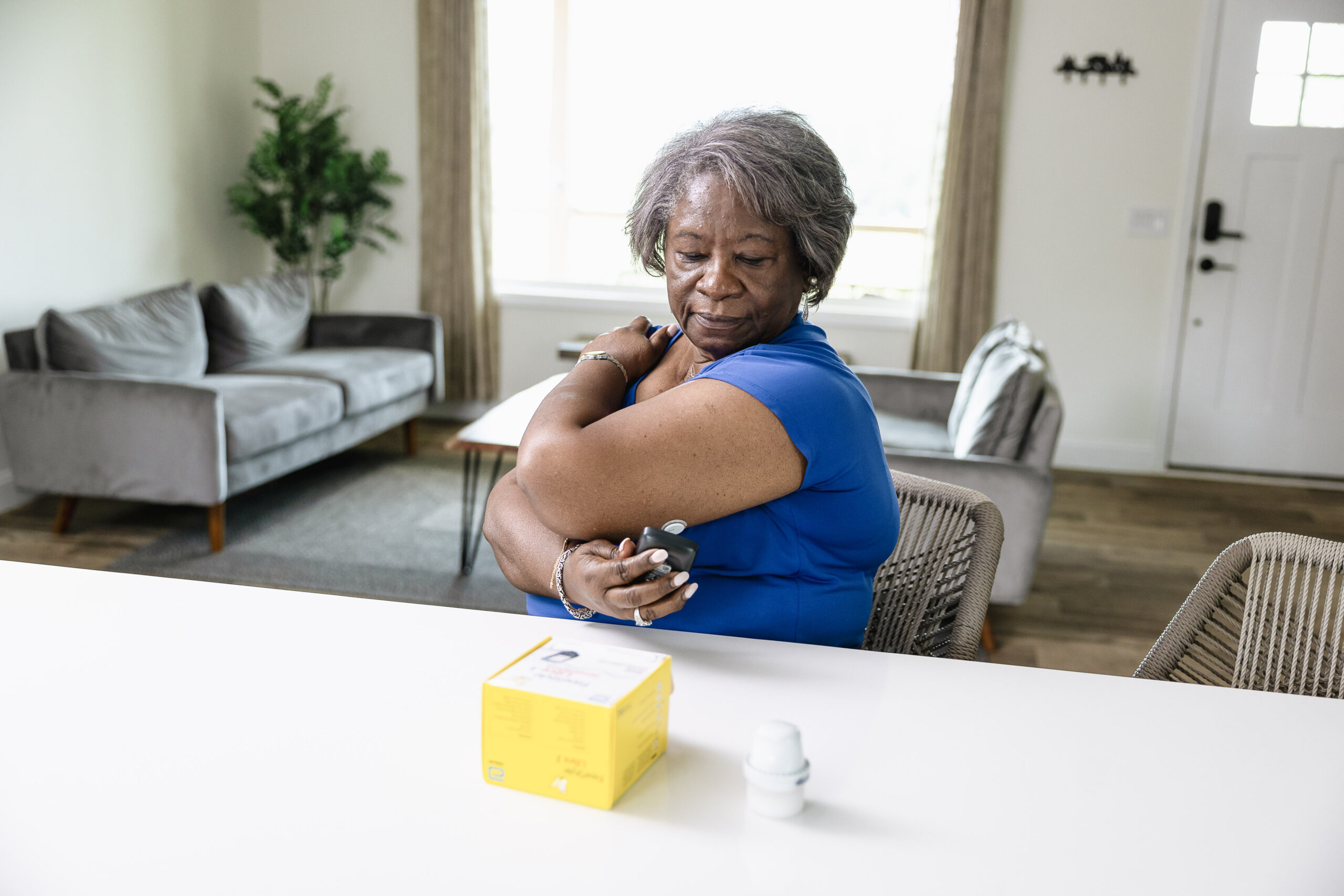Not only is November diabetes awareness month, but November 14th is World Diabetes Day! So it’s a great time to band together with people around the globe to spread awareness about both type 1 and type 2 diabetes. This event is led by the International Diabetes Federation (IDF) in response to the rapid rise of diabetes around the world with the goal of raising awareness for the impact that diabetes can have on friends and family members as it’s the 7th leading cause of death.
More than 100 million Americans are struggling with diabetes and 1.5 million are diagnosed every year. By promoting diabetes management, care, and prevention to educate people about this disease, we can help them live a healthier and happier life.
Celebrate World Diabetes Day By Learning
“Diabetes Mellitus” is an umbrella term to refer to the diseases that affect how your body uses blood sugar or glucose. Your body needs glucose because it’s a source of fuel and for the tissues that make up your muscles and tissues as well as your brain.
There Are 4 Types Of Diabetes:
Type 1 Diabetes – Also known as juvenile diabetes or insulin-dependent diabetes, is a chronic condition where the pancreas produces little to no insulin. People can be born with diabetes type 1 and it can develop in children and adults. There is no cure, just treatment that’s focused on managing blood sugar levels with diet, exercise, and insulin to prevent it from becoming worse.
Type 2 Diabetes – The most common type of diabetes that’s often referred to as noninsulin-dependent diabetes or adult-onset diabetes occurs when your body becomes resistant to insulin or fails to produce enough insulin to maintain a normal glucose level. In the beginning, your pancreas creates extra insulin to make up for it, but over time, fails to keep up with the amount of insulin your body needs. Diabetes type 2 can occur in both children and adults as the result of genetics or obesity. There is no cure, but diet, exercise, diabetes medication, and insulin therapy can help prevent it from getting worse.
 Gestational Diabetes – This type of diabetes occurs during pregnancy and typically develops around the 24th and 28th week. It doesn’t mean you had diabetes before becoming pregnant but does increase your risk for developing type 2 afterward. The exact cause is unknown but pregnancy hormones such as human placental lactogen (hPL) may increase insulin resistance. If not properly managed, gestational diabetes could affect your health, the health of your baby, and impact its birth. Insulin, dieting, and exercise are used to manage this type of diabetes.
Gestational Diabetes – This type of diabetes occurs during pregnancy and typically develops around the 24th and 28th week. It doesn’t mean you had diabetes before becoming pregnant but does increase your risk for developing type 2 afterward. The exact cause is unknown but pregnancy hormones such as human placental lactogen (hPL) may increase insulin resistance. If not properly managed, gestational diabetes could affect your health, the health of your baby, and impact its birth. Insulin, dieting, and exercise are used to manage this type of diabetes.
Prediabetes – This is actually the pre-diagnosis of diabetes, which serves as a pretty good warning sign to develop healthier habits before it leads to type 2 diabetes. It’s a condition where your blood sugar is abnormally high, but not high enough to be type 2 diabetes and is caused by being overweight with a sedentary lifestyle. Currently, about 84.1 million Americans have prediabetes and it’s managed with diet and exercise.
Diabetes Symptoms
With every type of diabetes your body either doesn’t make enough insulin, can’t use the insulin it produces or both, meaning your cells can’t absorb glucose and it builds up in your blood. High levels of glucose in your blood can damage the tiny blood vessels in your heart, eyes, kidneys, and nervous system/ That’s why diabetes should not be untreated or it could contribute to blindness, stroke, kidney disease, heart disease, and nerve damage in the feet.
A few symptoms that may indicate diabetes include:
- Hunger
- Fatigue
 Frequent urination
Frequent urination- Frequent thirst and dry mouth
- Itchy, dry skin
- Blurred vision
- Nausea and/or vomiting
- Pain and numbness in the feet or legs
- Sweet breath that smells like nail polish remover
- Slow healing cuts and sores
- Unexplained weight loss (Type 1 Diabetes)
Testing Your Glucose Levels
Depending on the type of diabetes you have, along with dieting, exercising, the possible use of diabetes medication, and insulin injections for type 2 diabetes, you will need to check your blood sugar. You may need to check it before meals, between 4 to 10 times a day, after an insulin injection, or before bed, depending on your treatment plan.
 You will use a glucose meter or glucometer to check your blood sugar level. It works by reading the sugar small amount of blood, usually from your finger, that’s placed on a disposable test strip and you’ll need to record the results. You’ll use a lancet or needle to prick your finger.
You will use a glucose meter or glucometer to check your blood sugar level. It works by reading the sugar small amount of blood, usually from your finger, that’s placed on a disposable test strip and you’ll need to record the results. You’ll use a lancet or needle to prick your finger.





